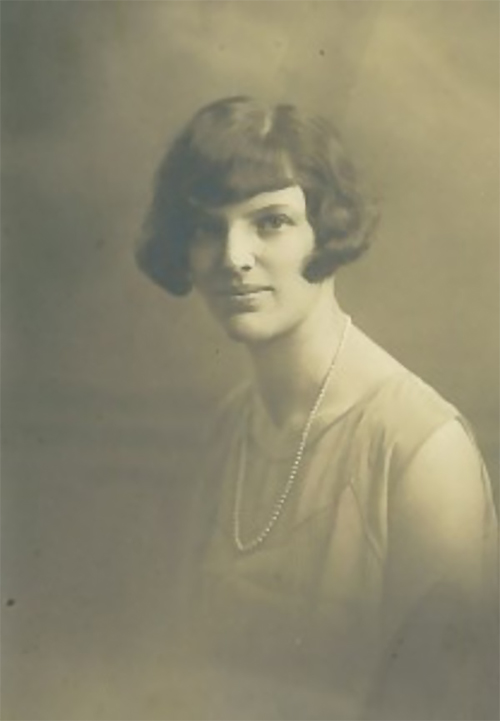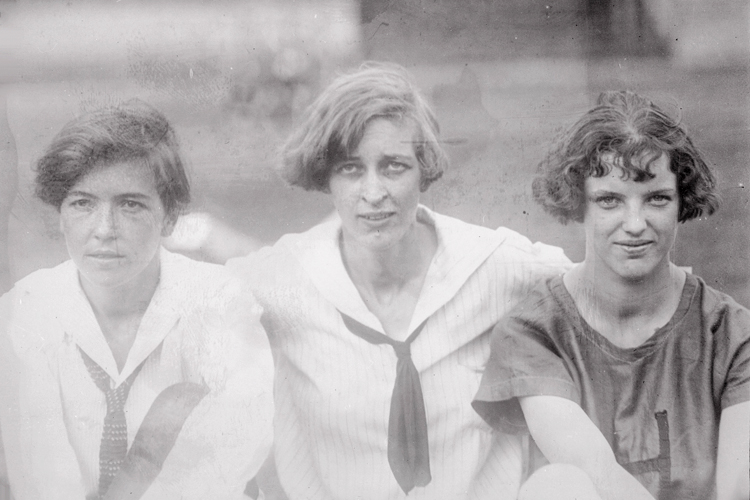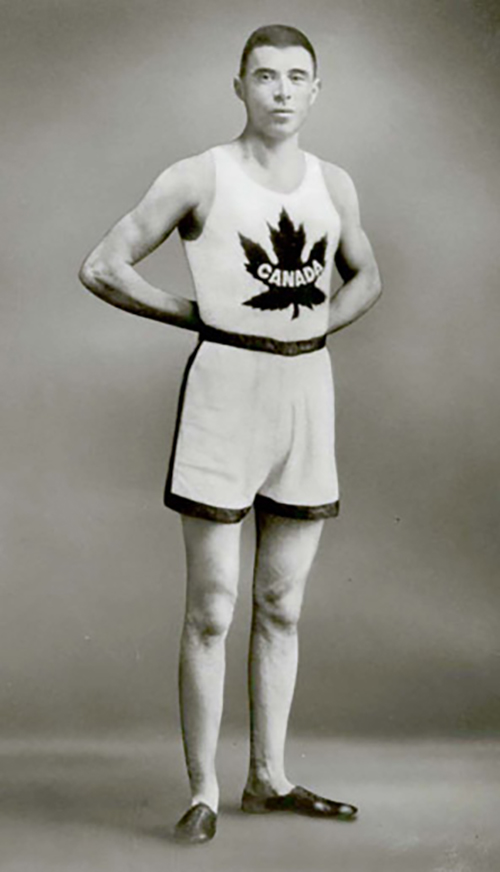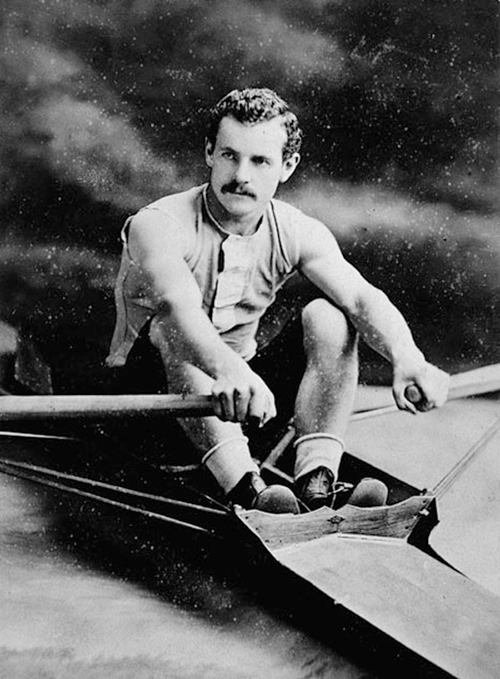As the world looks forward to the Paris 2024 Olympics, the Dictionary of Canadian Biography’s manager Robert L. Fraser is peering into Canada’s athletic past.
Now in its 65th year, the Dictionary of Canadian Biography (DCB) contains more than 9,000 biographies of ordinary and famous Canadians. The bilingual resource, a joint effort by the University of Toronto and l’Université Laval, is the only one of its kind in Canada.
While hundreds of athletes will don the maple leaf at this summer’s Olympic games, it’s a far cry from a century ago when just a handful of Canadians crossed the Atlantic to compete in international competitions.
Fraser spoke to Arts & Science News about three relatively unknown Canadians whose stories still hold up a century later.
Velma Springstead (Track and Field)

Velma Springstead was a member of the first Canadian women’s team to compete in international competition.
“Springstead is a name I’ve known my whole life,” says Fraser. “She's an interesting figure because she's a Hamiltonian, as am I, and I first heard about her when I was a kid from my dad. He saw her compete and spoke highly of her and her abilities as an athlete.
“It was important for him that a woman received the prominence she did based on her skills, hard work and discipline. She was working class, a secretary and, as Bruce Kidd wrote for the DCB, ‘an early favourite for a berth’ on the 1928 Canadian women’s Olympic team that went to Amsterdam. She died in 1927 from pneumonia before she could compete, but she was a big part of the breakthrough of women into sport.”

Photo: Bettmann/Getty Images.
Édouard Fabre (Marathon)

“One of the important things about Édouard Fabre is the Iroquois tie,” says Fraser.
Fabre, who was French-Canadian, was raised by an Iroquois family, the Montours, who lived across the street.
“Fabre qualified for the 1912 Stockholm Olympic Games, along with another Canadian James Duffy, finishing in 11th place, and later won the Boston Marathon.
“This biography comes from our Laval office. One of the things that distinguishes the DCB from other national biographical dictionaries is that our biographies are based on primary sources — these can be documents or interviews, and we give elaborate instructions to potential contributors. The primary source for this biography is Fabre’s daughter, Marcelle, who gave an interview in 2008.”
Edward (Ned) Hanlan (Rower)

“Ned Hanlan was the first Canadian sports superstar. What's fascinating about him, I think, is that you see in the late 19th century, with the growth of Canadian society, the rise of a popular sports figure who attracts people from all classes and ethnicities. He embodies youthfulness, strength and skill. He’s an international figure and an ad person's dream of what an athlete should look like,” says Fraser.
“He represents the first major example of sports entering the marketplace, and the beginnings of something recreational becoming part of mass society with the spread of newspapers and photography. It's the beginning of that path to the popularity and proliferation of sports within society at large.
“What makes team sports and the Olympics possible is the ability to get from one place to another. In Hanlan’s era you couldn't do that very easily, but by the time you get to the 1920s, you can. Upon retiring in 1897, he continued coaching at the University of Toronto.”
No comments:
Post a Comment